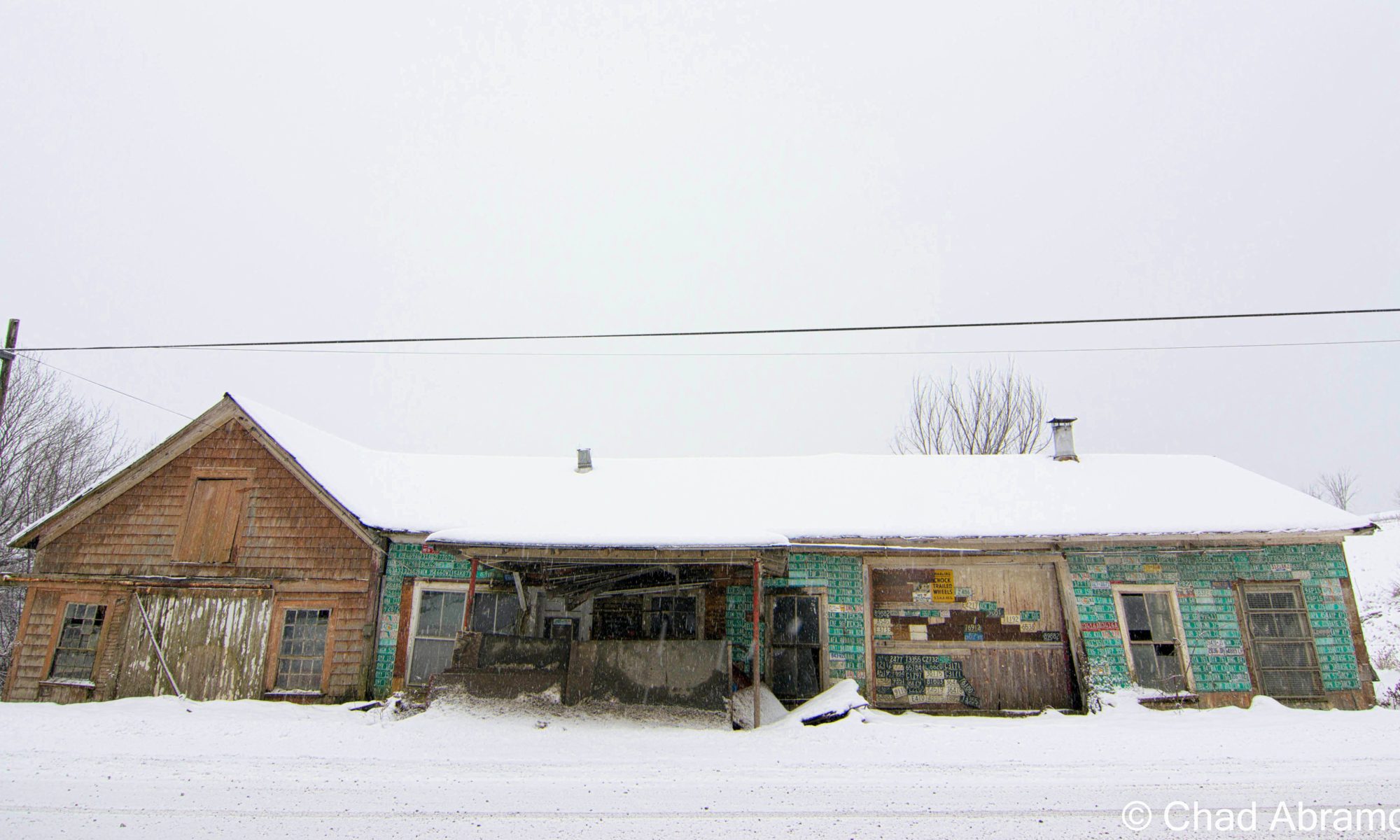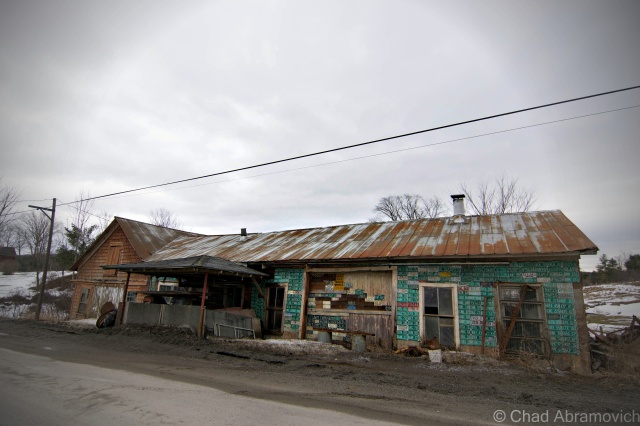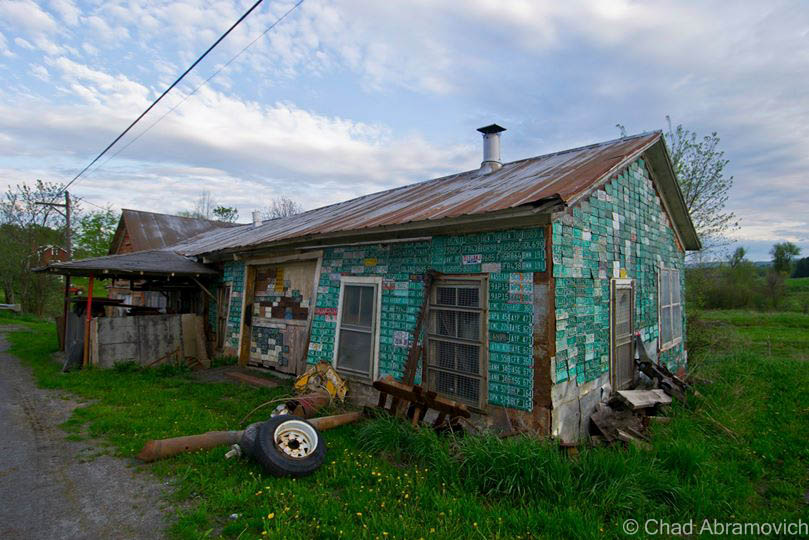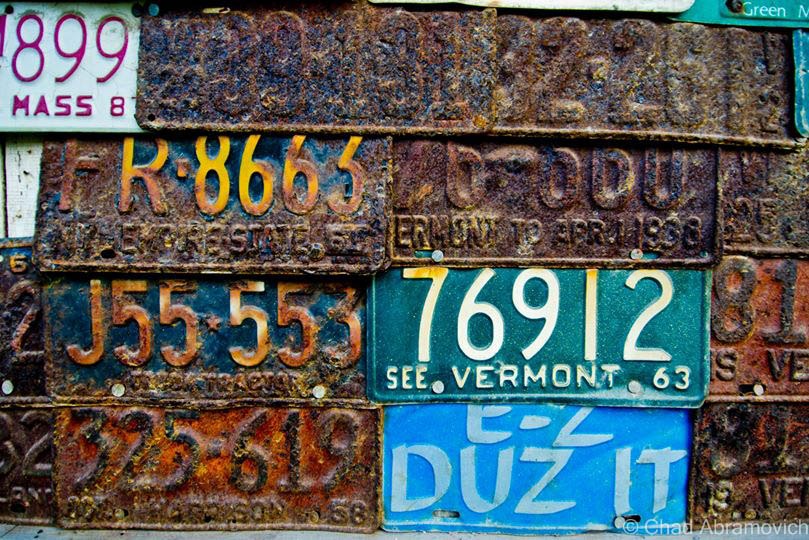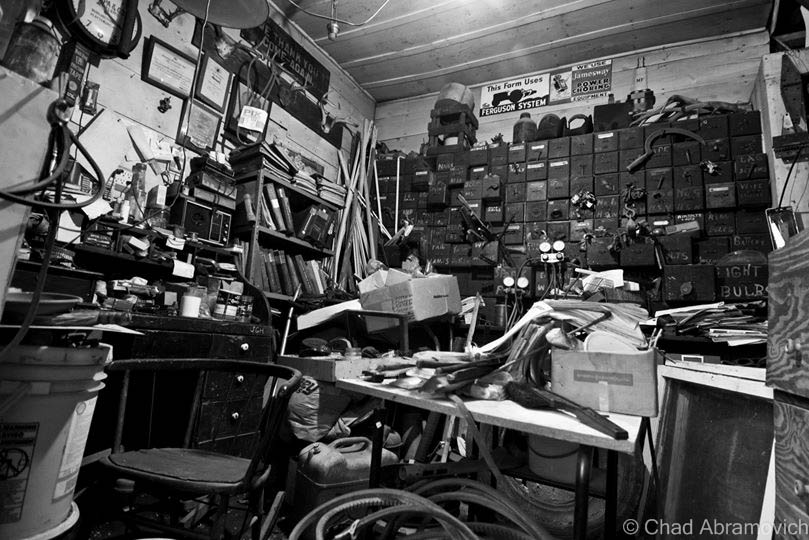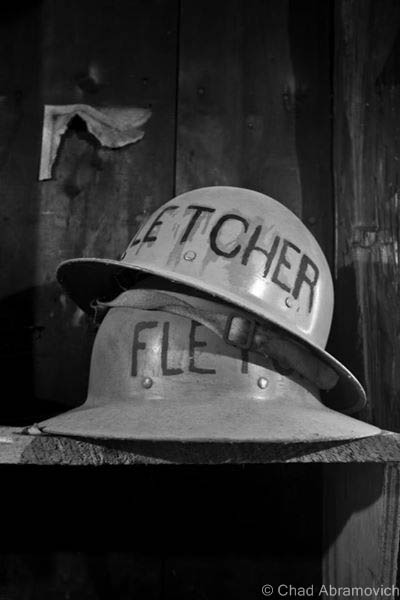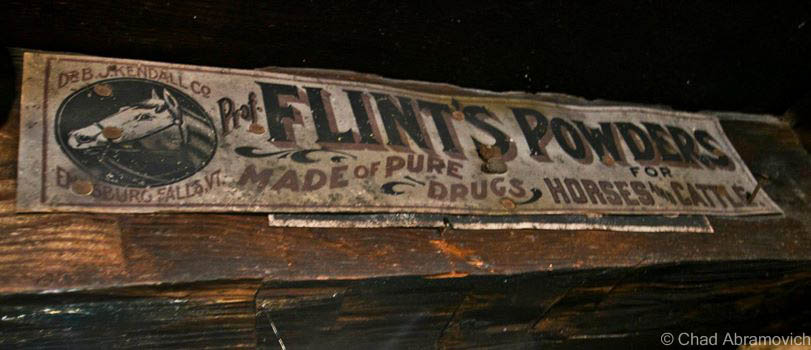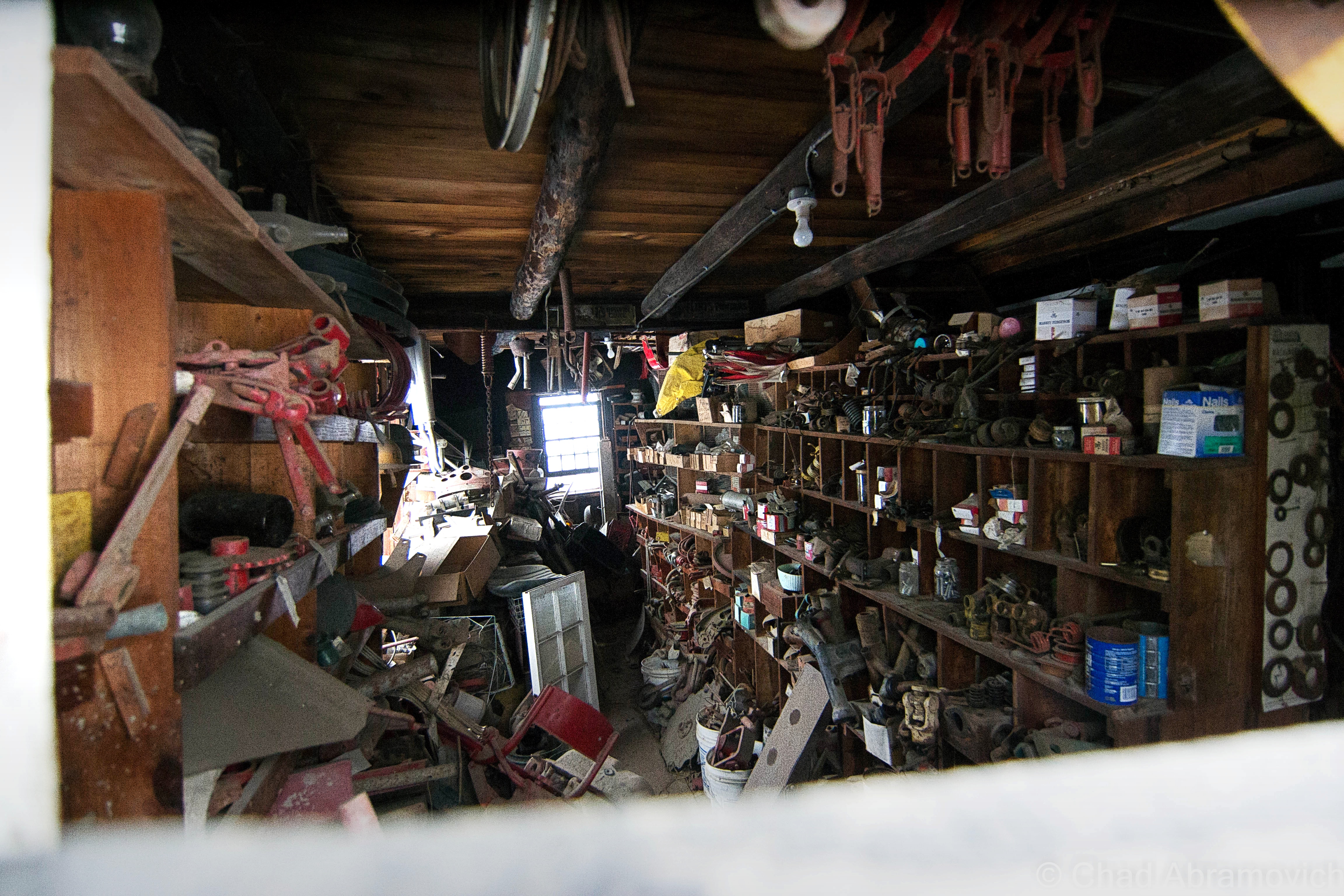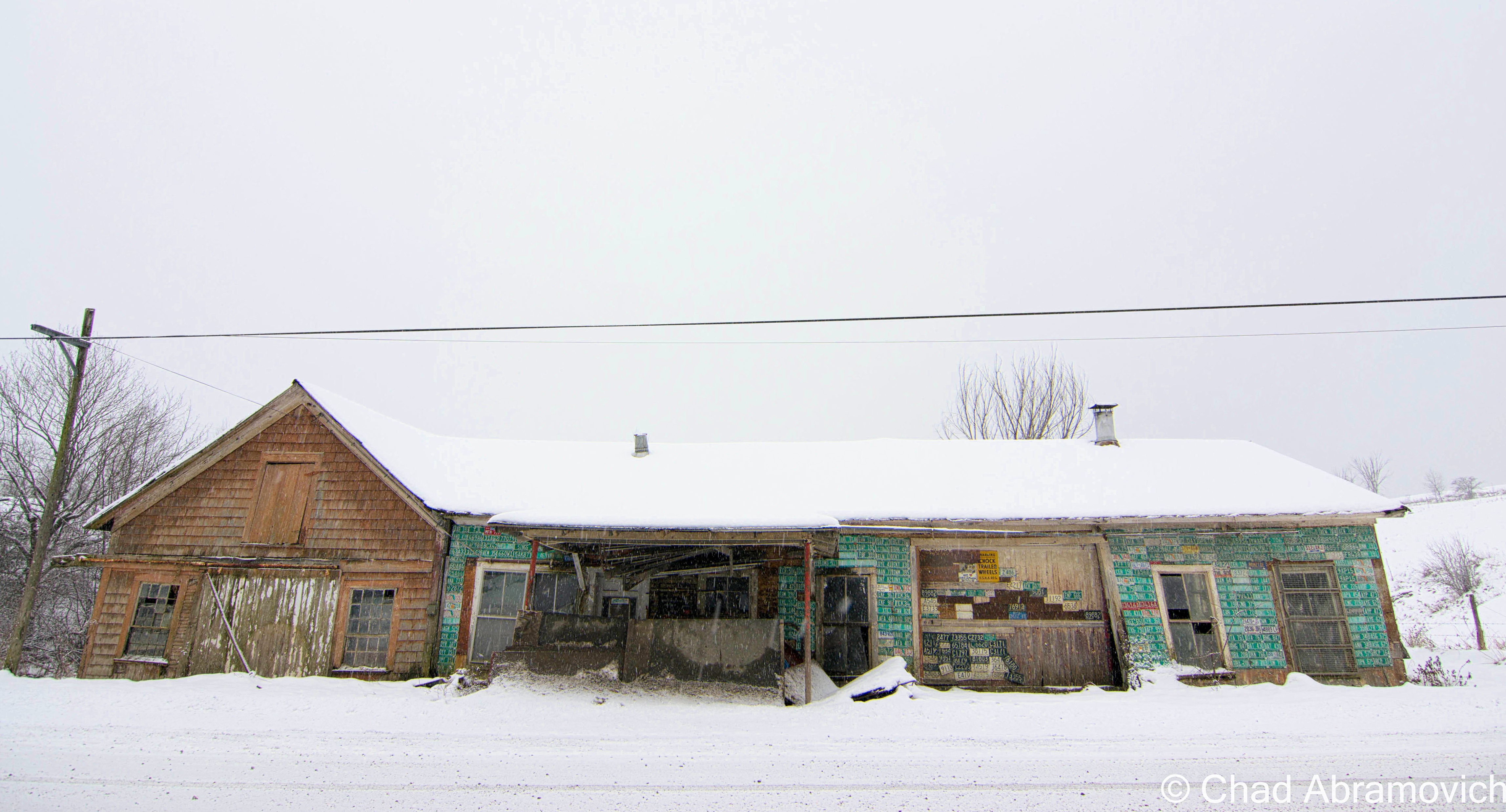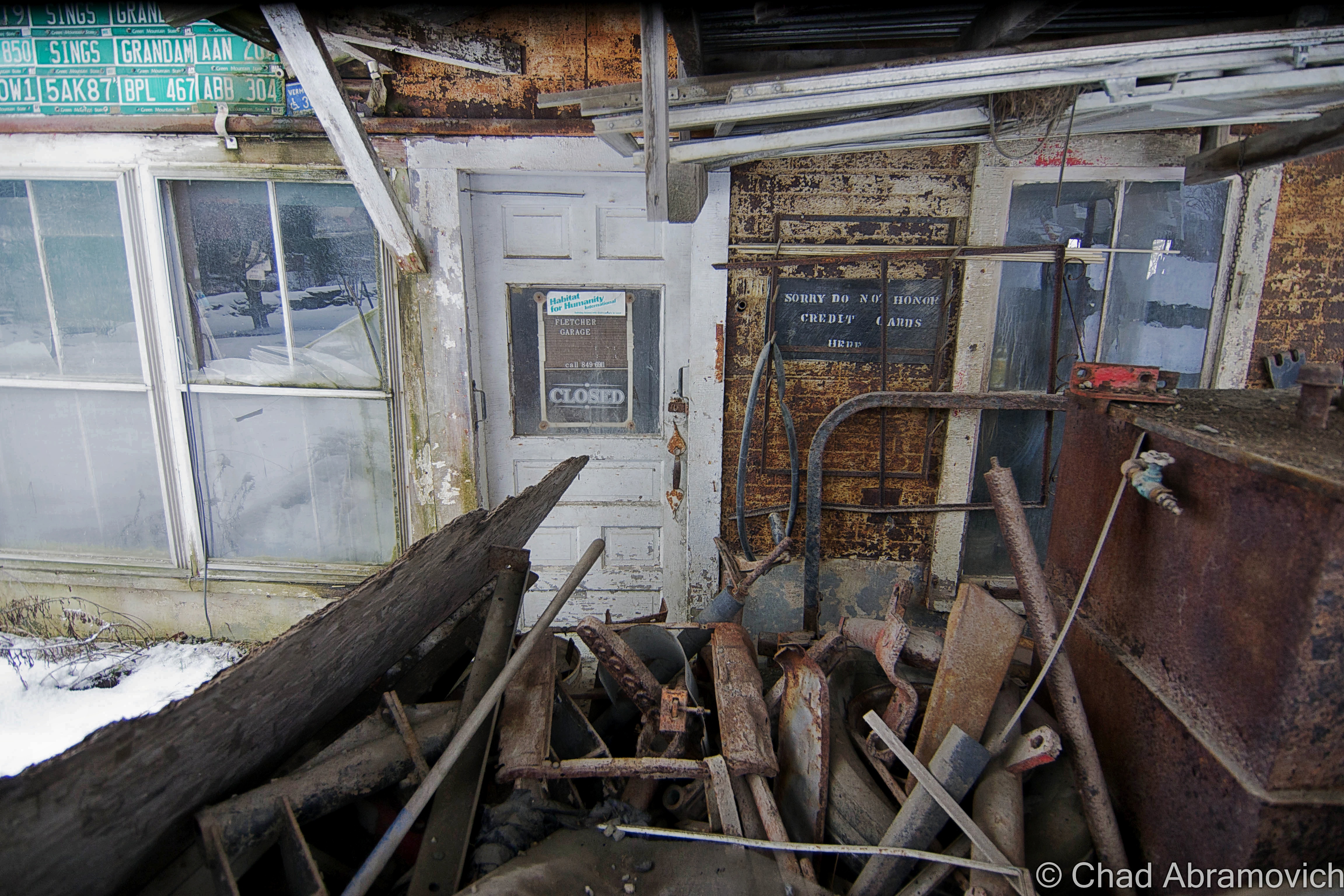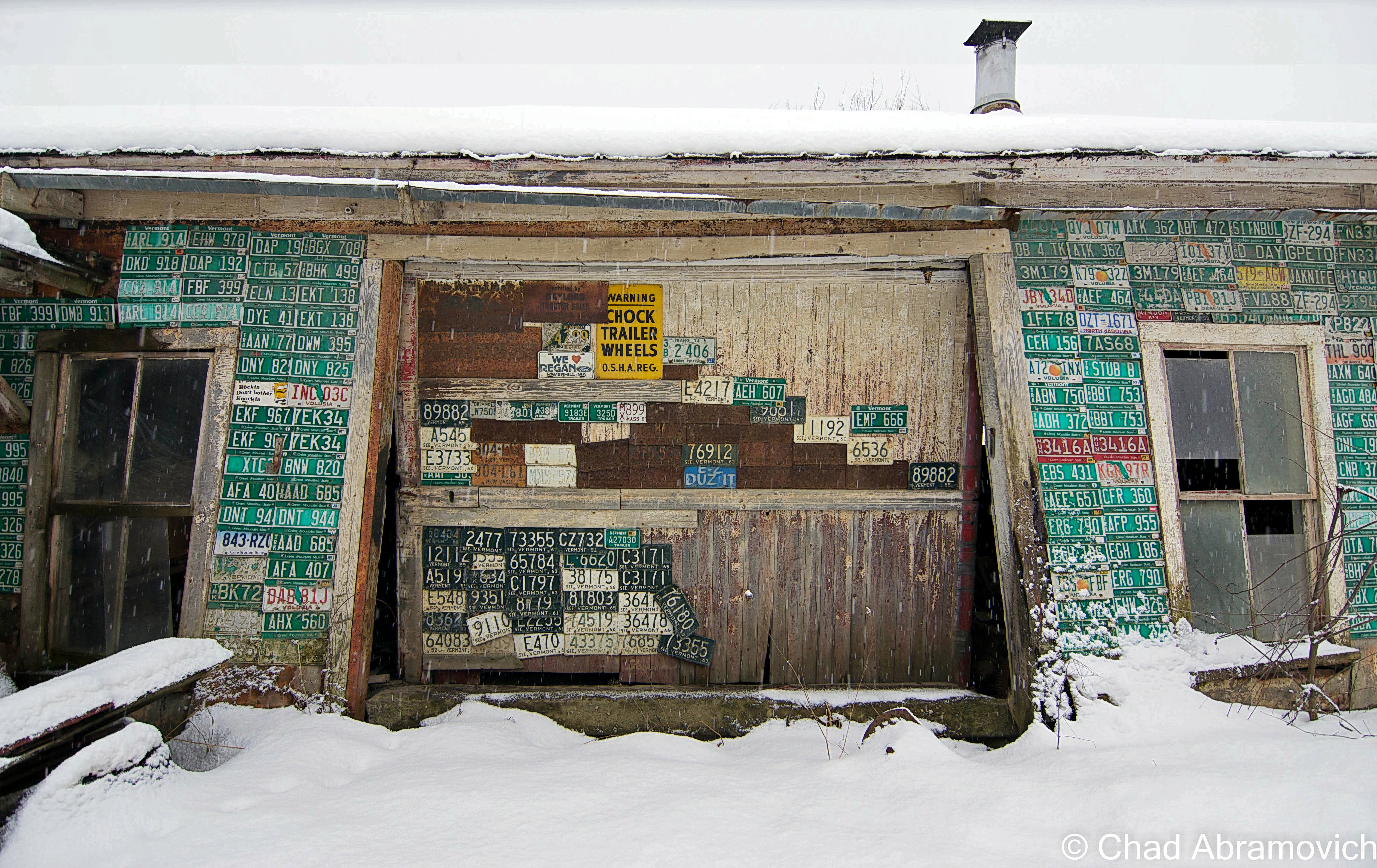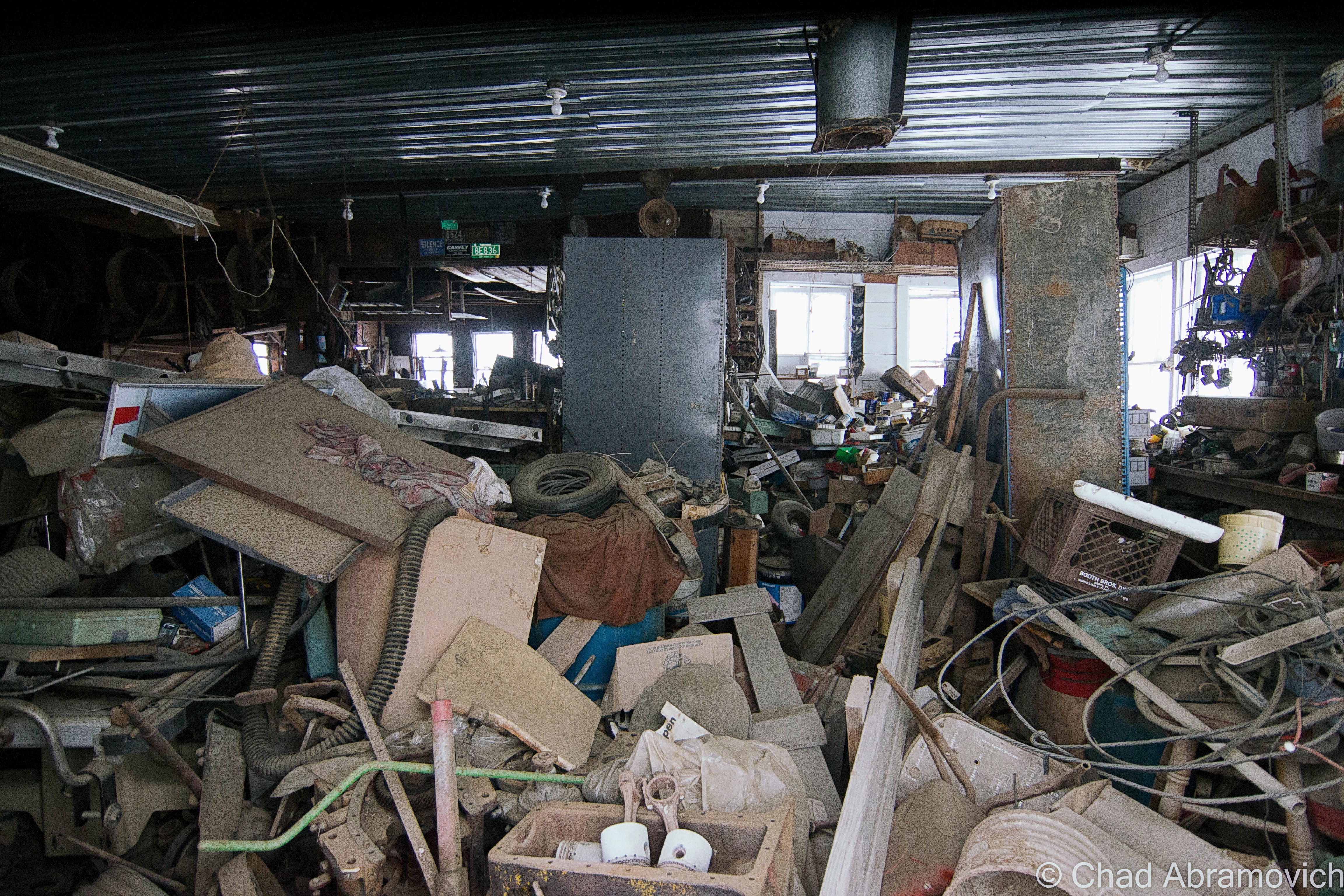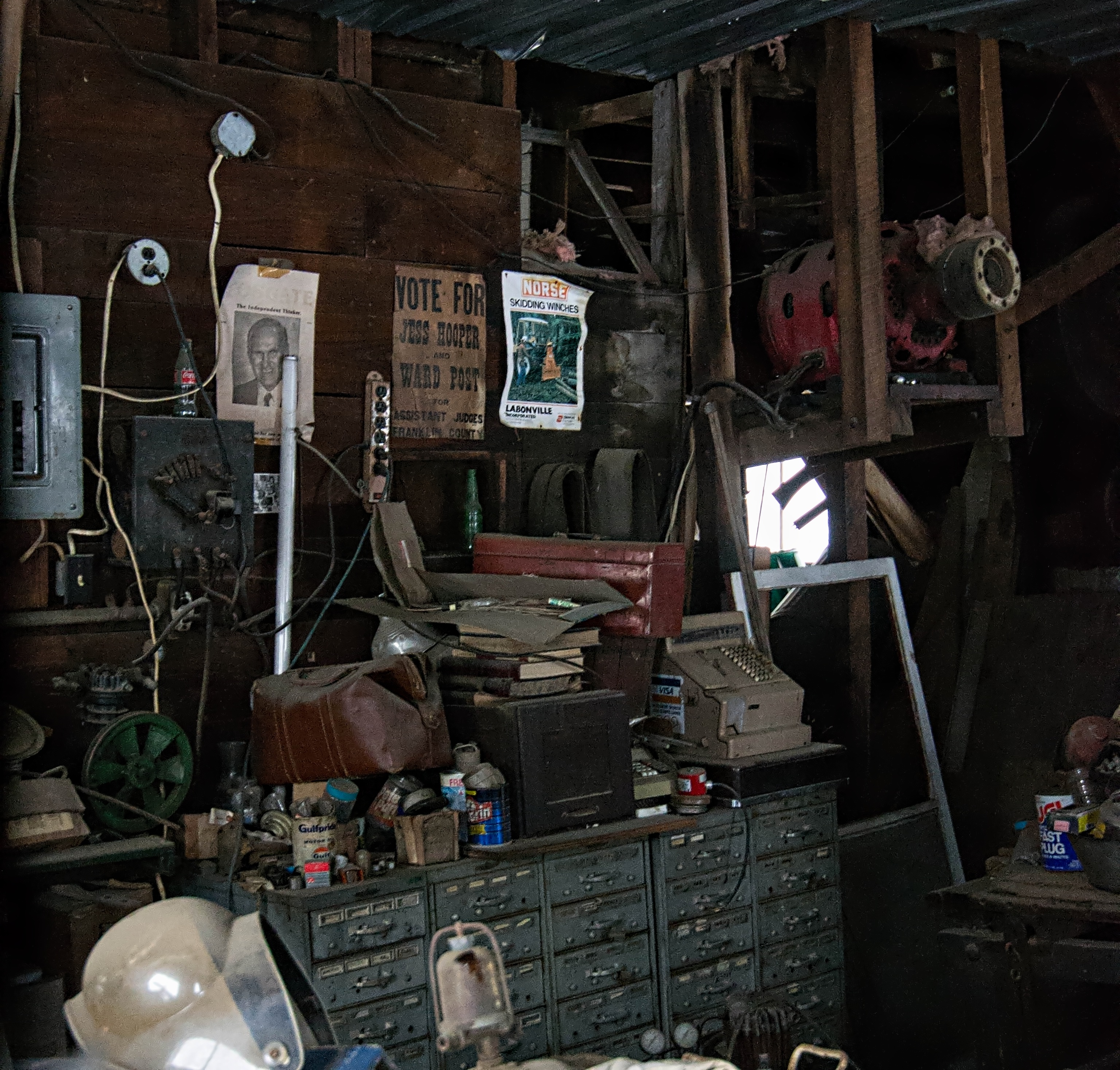One of my favorite oddities in Vermont to photograph is on the back roads of rural Fletcher. Instead of using traditional vinyl or wooden siding, the owner of this ramshackle structure had a much more original idea – he covered it wall to wall with what might be the largest collection of license plates in the state of Vermont. The plates range in age, dating as far back as the 1920s and going as late as the 1990s. Most were Vermont plates, but there were a few outliers. Connecticut, Massachusetts, Kentucky and Wisconsin were included. Knowing a good photo opportunity when I see one, I had to stop. Thankfully, the town of Fletcher seemed to be free of traffic that day, so I had the whole road and a good chunk of time to get a decent picture of the structure without worrying about my safety.
It was a beautiful spring evening, the sky was stained with a mixture of brilliant blues and pinks, which was a vibrant contrast to the green fields blooming with dandelions and the perfume of wet earth. As I was adjusting my camera settings, I noticed that I was no longer alone. An elderly gentleman had walked up behind me. I assumed he was most likely the owner of the building. Just as I thought I was going to get a stern talking too for being too close and standing there for too long, he asked me how I was doing. He had a puzzled look on his face, but his question was sincere. I smiled and told him I liked his building. He looked over at it, then back at me, an amused grin on his face. I could tell he never thought of his own property as much of an attraction before. “You from the Burlington area, or are you a flatlander?” he said with a grin. I chuckled a little at this, suddenly a bit self-conscious of my appearance. I’ve always been proud of my Vermont roots, and have never had to question my appearance before.
Then unexpectedly, he motioned for me to follow him with his hand, and before I knew it, he was digging in his pocket. Out came a key, and he began to fiddle with a padlock. There was an awkward moment where he and the garage door seemed to be fighting with one another. The building’s structure was so lopsided that it seemed either the door was going to fall out of it’s frame, or the building was going to collapse. But it finally gave way, and slid open on its rusty wheels. “Well, are you coming?” he questioned. I asked myself the same thing, and stepped inside. He fumbled for the light switch and I heard the buzzing noise of a Mercury Vapor light come on.
Generations of artifacts and various knick knacks lay piled inside. So many in fact that the building was filled to it’s rafters, there was barely any room to move, yet alone get a good idea of where to begin processing what I was seeing. It was incredible.
There was a moment of awkward silence, I didn’t quite know what to say. I looked over and noticed he was now holding a wooden pipe in one hand, and packing it with tobacco with the other. As he lit up, it seemed at this point that he felt comfortable enough to start really engaging in conversation, and before I knew it, my questions were soon answered. As it turns out, this used to be a gas station, and has been in his family since the 1920s. His great grandfather started the business, and was a self taught and skilled auto mechanic, as well as a dedicated farmer. The gas station served as both his mechanic shop and his farm workshop. A perfect example of Yankee Ingenuity, he used the brook behind the building for power, by means of a homemade generator complete with a hand-carved wooden wheel that rotated with a belt attached to it. I was at a loss for words.
The gas station changed hands from his grandfather to his father and later, him. Locals from Fletcher who recall the place in operation said it was cool. One person told me that he used to drop by to gas up his call, and inside the office near the door, there was a tin can where you could leave your money. Everyone was on the honor system.
Its doors closed during the 80s when pressure from the gas industry forced people into modernizing the gas pumps, which was something the family couldn’t afford to do. The original gas pumps still sit out front – sort of. Last winter, a plow truck came through the area a little too fast and took them out completely. The town wouldn’t reimburse the family for the damages, so they did the only thing they could do – move the remains out of the road. He lifted up a weathered tarp and revealed the busted remains. Though damaged, the antique pumps were still a cool site to see.
I asked about the license plates, and his answer was simple. “We’ve owned a lot of cars”. Whether this was a true answer or just sarcasm, I was satisfied with his right to the point reply.
I can’t describe in writing the genuine old time feeling this place had to it, with it’s distinct barn smell and eclectic array of aging antiques and artifacts, sitting in cluttered piles collecting dust. But he assured me everything had its place here. “My dad had a system. He always knew where everything was” he told me. I asked about some of the vintage posters on the wall, hoping maybe he would sell one for the right price, but my request was instantly meant with a stern no. “Nope. They’ve always been here on the wall and that’s right where they are going to stay”
What I didn’t realize, was that a lot of the antiques I saw actually didn’t belong to him. A lot of stuff came from family and friends from the Waitsfield-Warren area, being stored here after a lot of the farms down that way were damaged from tropical storm Irene. He also explained why the building was in such bad shape, another result of tropical storm Irene. The quiet stream that runs behind the building overflowed its banks and swelled through the cracks of the building and into the foundation. The damage is “too expensive to fix” and the state has deemed the place uninhabitable. “I can’t really do much but wait for it to fall down” he said, a sense of loss in his voice.
He gave the garage door another good wedge and pulled it shut. I thanked him for the tour and shook his hand. I could tell as he walked away that he was amused by my curiosity by his property, and as for me, I was just thankful he took the time out of that spring night to share it with me.
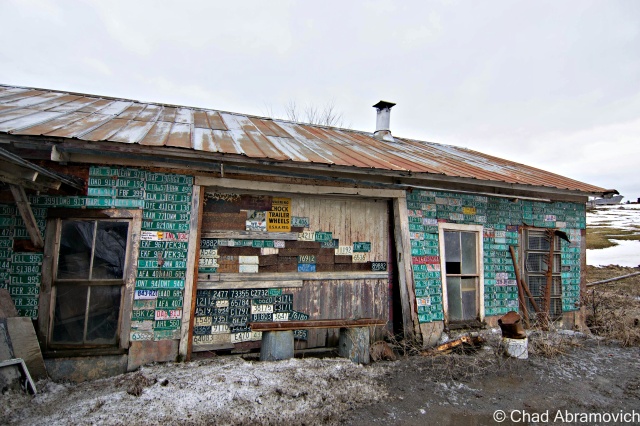
—————————————————————————————————————————————–
To all of my amazing fans and supporters, I am truly grateful and humbled by all of the support and donations through out the years that have kept Obscure Vermont up and running.
As you all know I spend countless hours researching, writing, and traveling to produce and sustain this blog. Obscure Vermont is funded entirely on generous donations that you the wonderful viewers and supporters have made. Expenses range from internet fees to host the blog, to investing in research materials, to traveling expenses. Also, donations help keep me current with my photography gear, computer, and computer software so that I can deliver the best quality possible.
If you value, appreciate, and enjoy reading about my adventures please consider making a donation to my new Gofundme account or Paypal. Any donation would not only be greatly appreciated and help keep this blog going, it would also keep me doing what I love. Thank you!
Gofundme: https://www.gofundme.com/b5jp97d4


